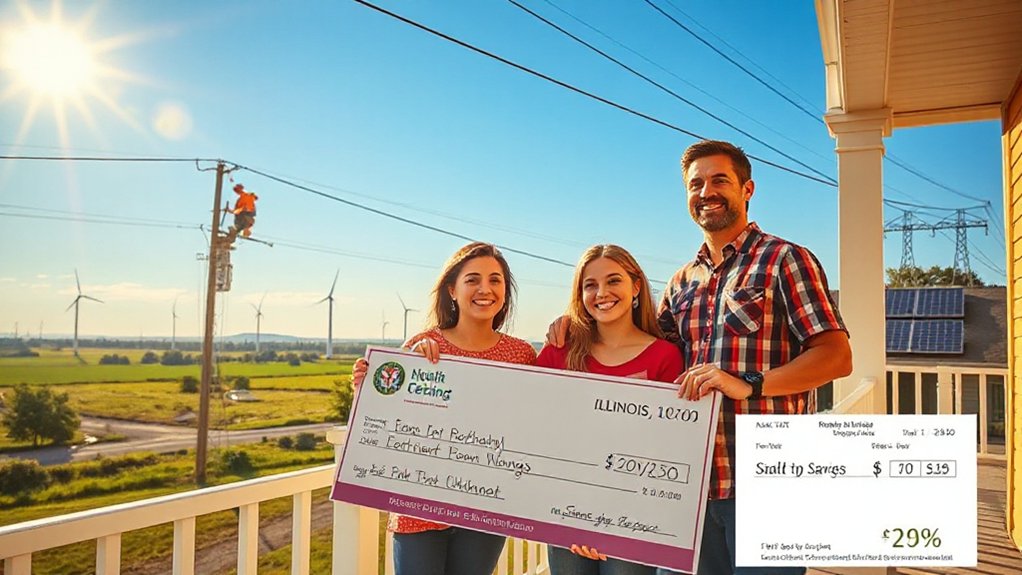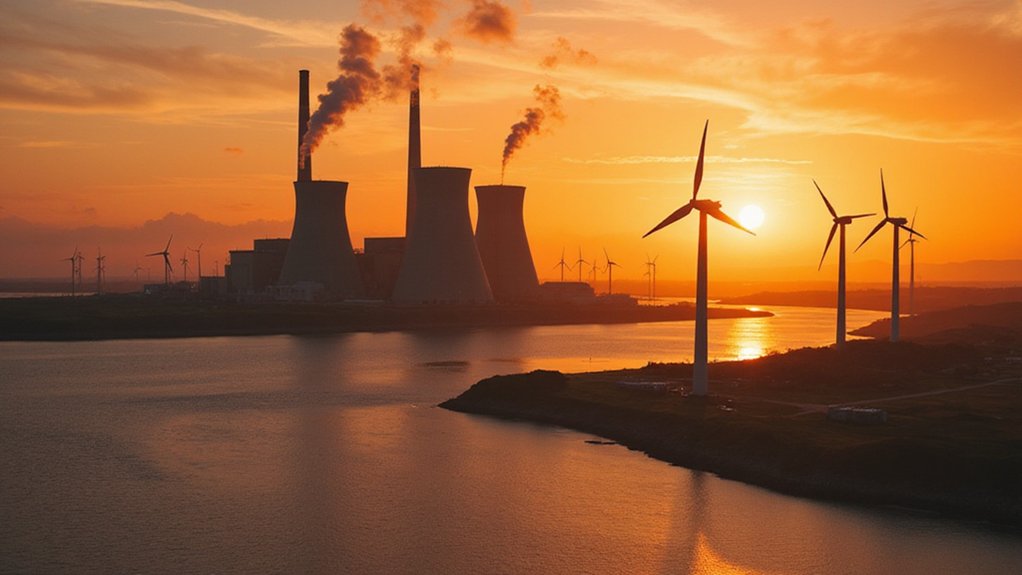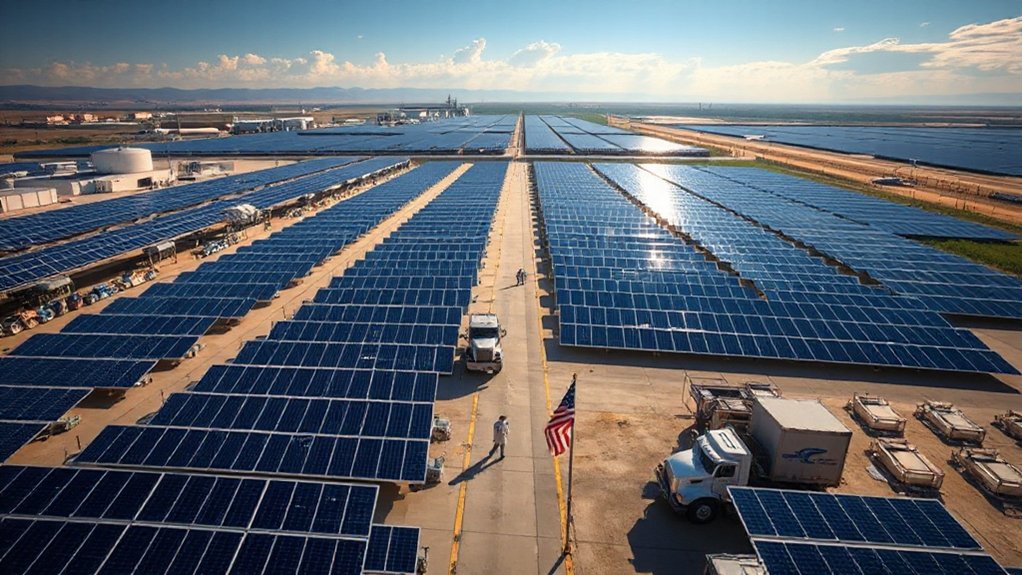The Department of Interior is expanding energy development in Alaska, with Secretary Burgum signing orders to boost oil and gas production. While the American Petroleum Institute celebrates these moves, there’s also significant federal investment in renewable energy. The government has allocated over $36 million for rural Alaska projects, including solar panels and battery storage systems that could reduce diesel use by 40-70%. The full picture reveals a more complex energy shift than industry headlines suggest.
As the Department of the Interior ramps up its energy initiatives in Alaska, new federal funding and policy changes are reshaping the state’s energy landscape. Secretary Doug Burgum recently signed six orders to boost U.S. energy independence, with a clear focus on Alaska’s oil, gas, and mineral resources. These directives have revoked previous restrictions on production and reinstated policies that prioritize energy development in the National Petroleum Reserve-Alaska.
The American Petroleum Institute has welcomed these steps to expand Alaska’s energy potential. The group, which represents nearly 11 million U.S. jobs in the natural gas and oil industry, supports exploration in both the National Petroleum Reserve and the Arctic National Wildlife Refuge. They’ve emphasized how Alaska’s resources can generate revenue and economic growth. API’s Vice President of Upstream Policy, Holly Hopkins, released a statement acknowledging the importance of expanding opportunities for energy development to enhance energy security.
What’s less publicized is the parallel push for renewable energy in rural Alaska communities. The Department of Energy has awarded funding for five projects under the Energy Improvements in Rural or Remote Areas program. This initiative draws from $1 billion allocated by the Bipartisan Infrastructure Law, with up to $36.02 million earmarked for Alaska projects. Integrating geothermal energy could provide these communities with a high capacity factor solution that operates consistently regardless of weather conditions.
The Tanana Chiefs Conference received $4.1 million for the first phase of a project that could ultimately receive $26.07 million in federal funds. The money will deploy solar panels and battery storage across eight remote tribal communities. This project aims to cut the region’s diesel use by 40% and create Alaska’s largest tribally owned Independent Power Producer.
Similarly, the Kokhanok Village Council was awarded $5 million to install battery storage, solar panels, and a wind turbine. The project seeks to replace 70% of the local power plant’s diesel consumption within two years.
These developments build on existing initiatives like the Interior Energy Project, which began in 2013 to bring affordable natural gas to Fairbanks and North Pole. Using clean-burning natural gas will significantly improve air quality in the region by replacing wood and oil-burning heating systems that contribute to pollution. The Alaska Energy Authority has also supported regional energy planning across the state since 2009, addressing electricity, heat, and transportation needs.









